The world is facing a silent pandemic, one that does not make headlines as often as viral outbreaks but poses an equally grave threat to global health. Antimicrobial resistance (AMR), fueled by the rampant misuse and overuse of antibiotics, is escalating into a crisis that could render modern medicine ineffective. The implications are staggering—common infections could become untreatable, routine surgeries could turn deadly, and the progress made in treating chronic diseases could unravel. The urgency to address this issue has never been greater.
A Legacy of Overuse
Antibiotics revolutionized medicine in the 20th century, saving countless lives by treating bacterial infections that were once fatal. However, their widespread availability and misuse have accelerated the emergence of resistant strains. In many countries, antibiotics are dispensed without prescriptions, used as growth promoters in livestock, or taken unnecessarily for viral infections like colds and flu. This reckless consumption has created a breeding ground for superbugs—pathogens that defy even the strongest drugs in our arsenal.
The problem is not confined to any single region. In low- and middle-income countries, weak regulatory systems and limited access to proper healthcare drive inappropriate antibiotic use. Meanwhile, in wealthier nations, overprescription by doctors and patient demand for quick fixes contribute to the crisis. The result is a global surge in resistant infections, from drug-resistant tuberculosis to untreatable gonorrhea, leaving healthcare systems struggling to cope.
The Human and Economic Toll
AMR is already claiming lives. The World Health Organization (WHO) estimates that antimicrobial-resistant infections directly caused at least 1.27 million deaths in 2019, with associated fatalities pushing the toll even higher. If left unchecked, this number could soar to 10 million annually by 2050, surpassing cancer as a leading cause of death. The economic impact would be equally devastating, with projections suggesting a $100 trillion loss in global GDP over the next few decades due to reduced productivity and soaring healthcare costs.
Hospitals, often the epicenters of resistant infections, face mounting challenges. Procedures like organ transplants, chemotherapy, and even simple wound care rely on effective antibiotics to prevent and treat infections. Without them, these medical advances could become high-risk endeavors. The COVID-19 pandemic offered a grim preview of this future—secondary bacterial infections in severe COVID cases were harder to treat due to resistant pathogens, complicating recovery for countless patients.
A Global Response Falling Short
International efforts to combat AMR have been fragmented and underfunded. While the WHO has developed a Global Action Plan on AMR, implementation varies widely. Some countries have enforced stricter regulations on antibiotic use in humans and animals, but many lack the resources or political will to follow suit. The pipeline for new antibiotics is alarmingly dry, as pharmaceutical companies find little profit in developing drugs meant to be used sparingly. Without incentives, innovation stalls, leaving us defenseless against evolving pathogens.
Public awareness remains another hurdle. Misconceptions about antibiotics—such as their effectiveness against viruses or the belief that stopping treatment early prevents resistance—persist despite educational campaigns. Changing behaviors requires not just information but also systemic shifts in healthcare delivery, including better diagnostics to distinguish bacterial from viral infections and improved access to appropriate treatments.
Pathways to Mitigation
Tackling AMR demands a multifaceted approach. Strengthening surveillance to track resistant infections is critical for early intervention. Investments in rapid diagnostic tools can help clinicians prescribe antibiotics more precisely, reducing unnecessary use. In agriculture, banning antibiotic growth promoters and promoting alternatives like vaccines and probiotics could curb resistance spread through the food chain.
Perhaps most crucially, global cooperation is essential. AMR knows no borders; resistant genes can spread across continents through travel and trade. Wealthier nations must support low-resource countries in building robust healthcare systems and enforcing antibiotic stewardship programs. Simultaneously, governments and private sectors must collaborate to revitalize antibiotic development, exploring novel treatments like phage therapy and immunotherapies as potential game-changers.
The window to act is narrowing. Without decisive action, the world risks regressing to a pre-antibiotic era, where minor infections become death sentences. The time for half-measures is over—only a united, well-funded global strategy can avert this looming catastrophe.
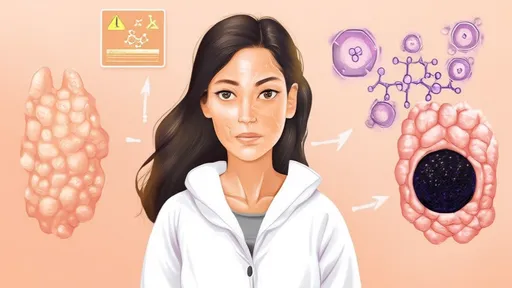
By /Jul 25, 2025

By /Jul 25, 2025
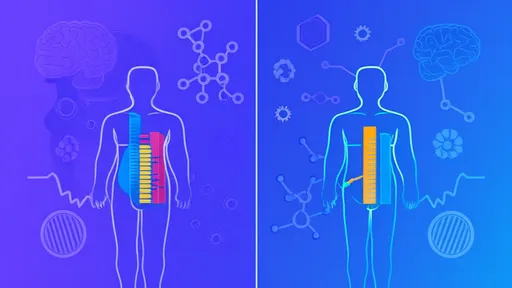
By /Jul 25, 2025

By /Jul 25, 2025

By /Jul 25, 2025
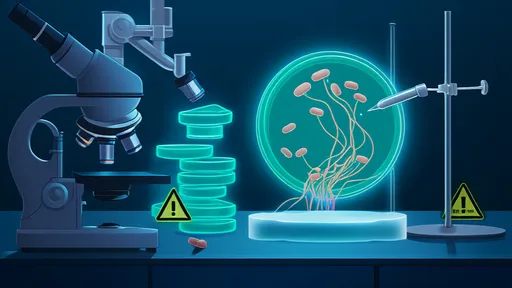
By /Jul 25, 2025

By /Jul 25, 2025
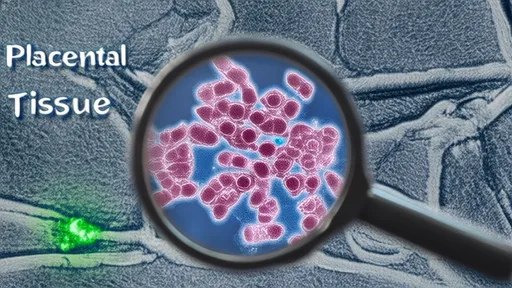
By /Jul 25, 2025
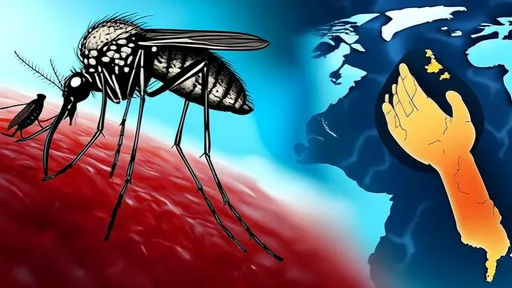
By /Jul 25, 2025

By /Jul 25, 2025

By /Jul 25, 2025

By /Jul 25, 2025
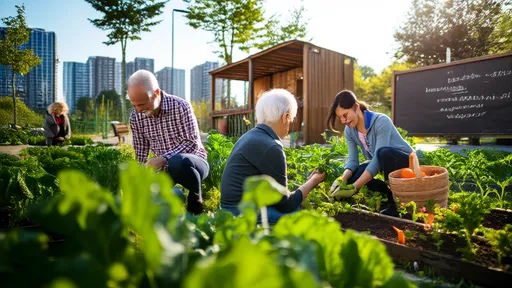
By /Jul 25, 2025

By /Jul 25, 2025

By /Jul 25, 2025
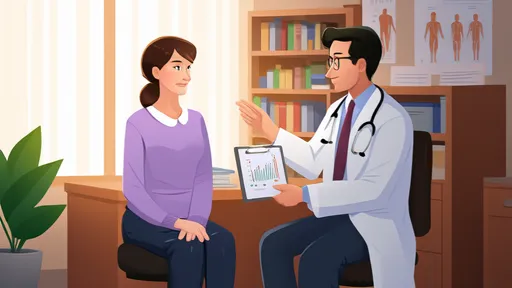
By /Jul 25, 2025

By /Jul 25, 2025

By /Jul 25, 2025